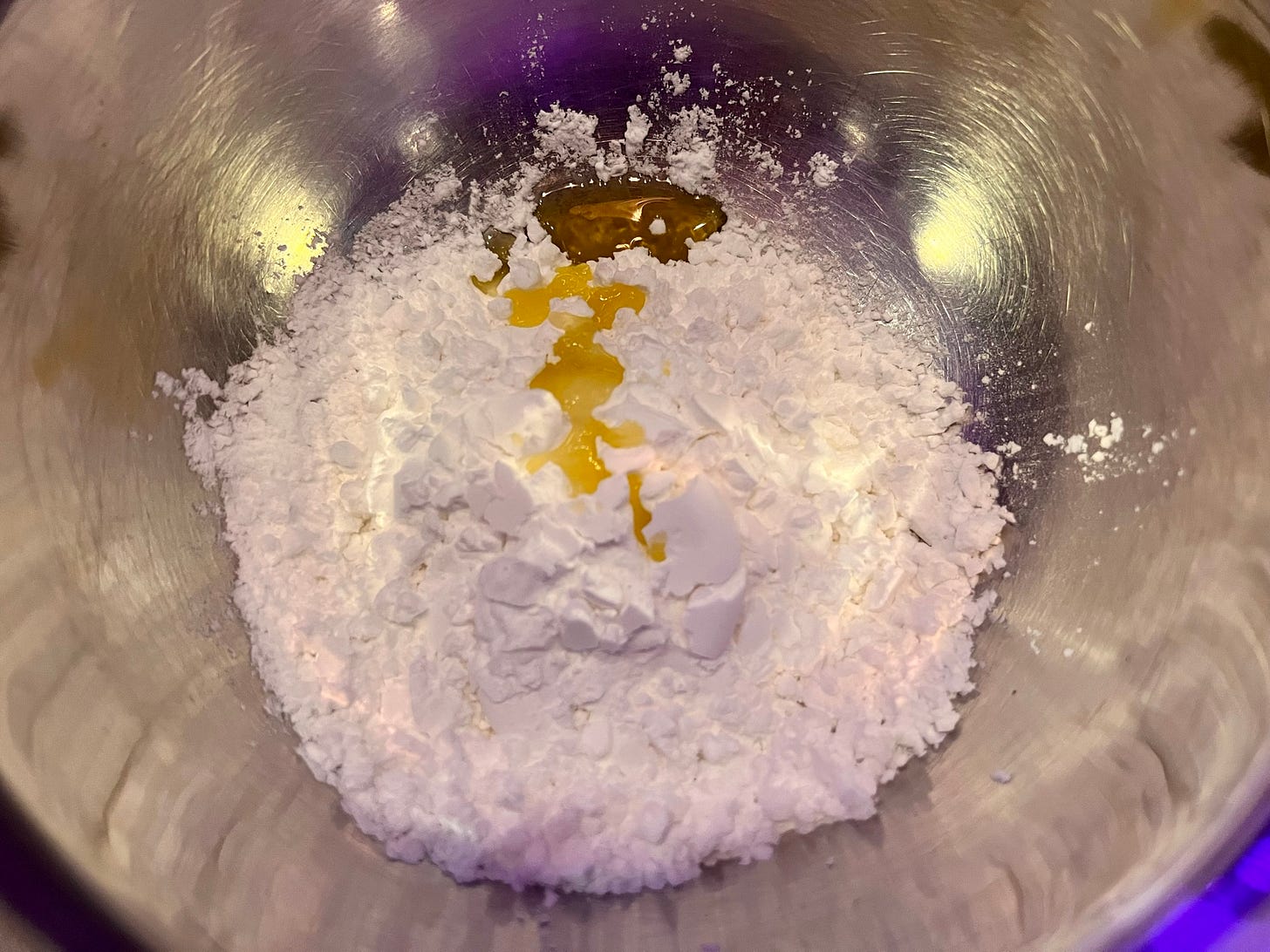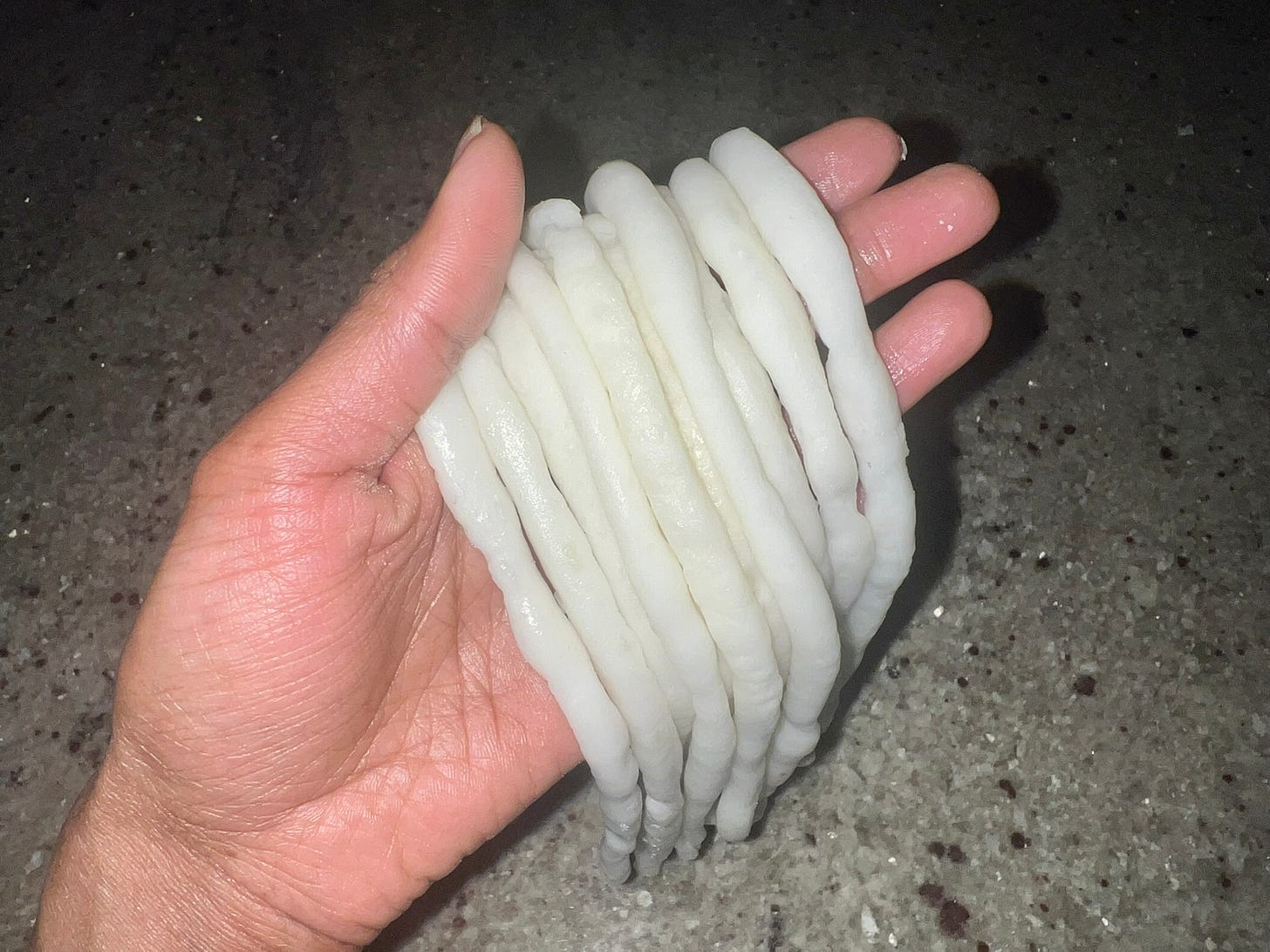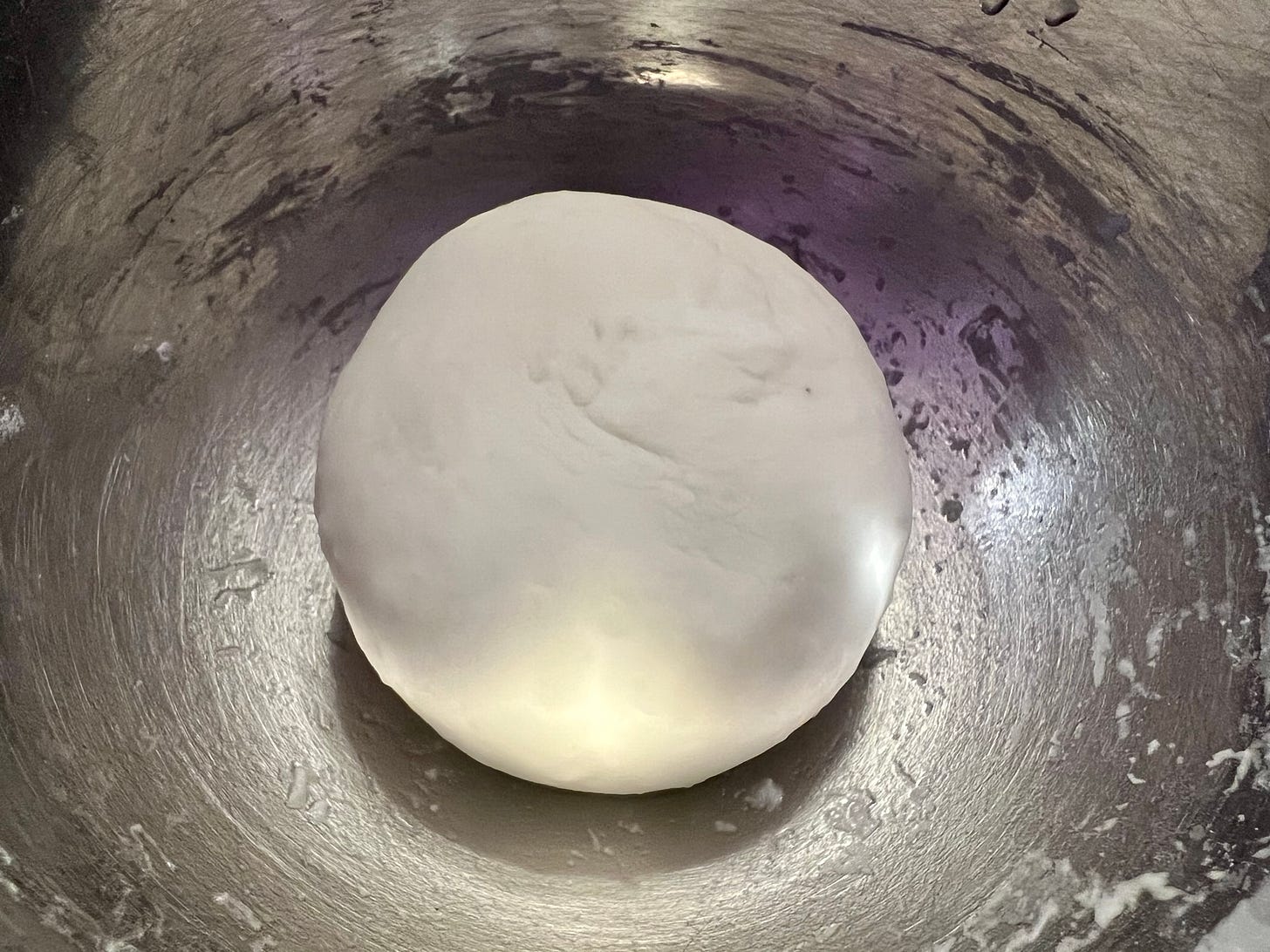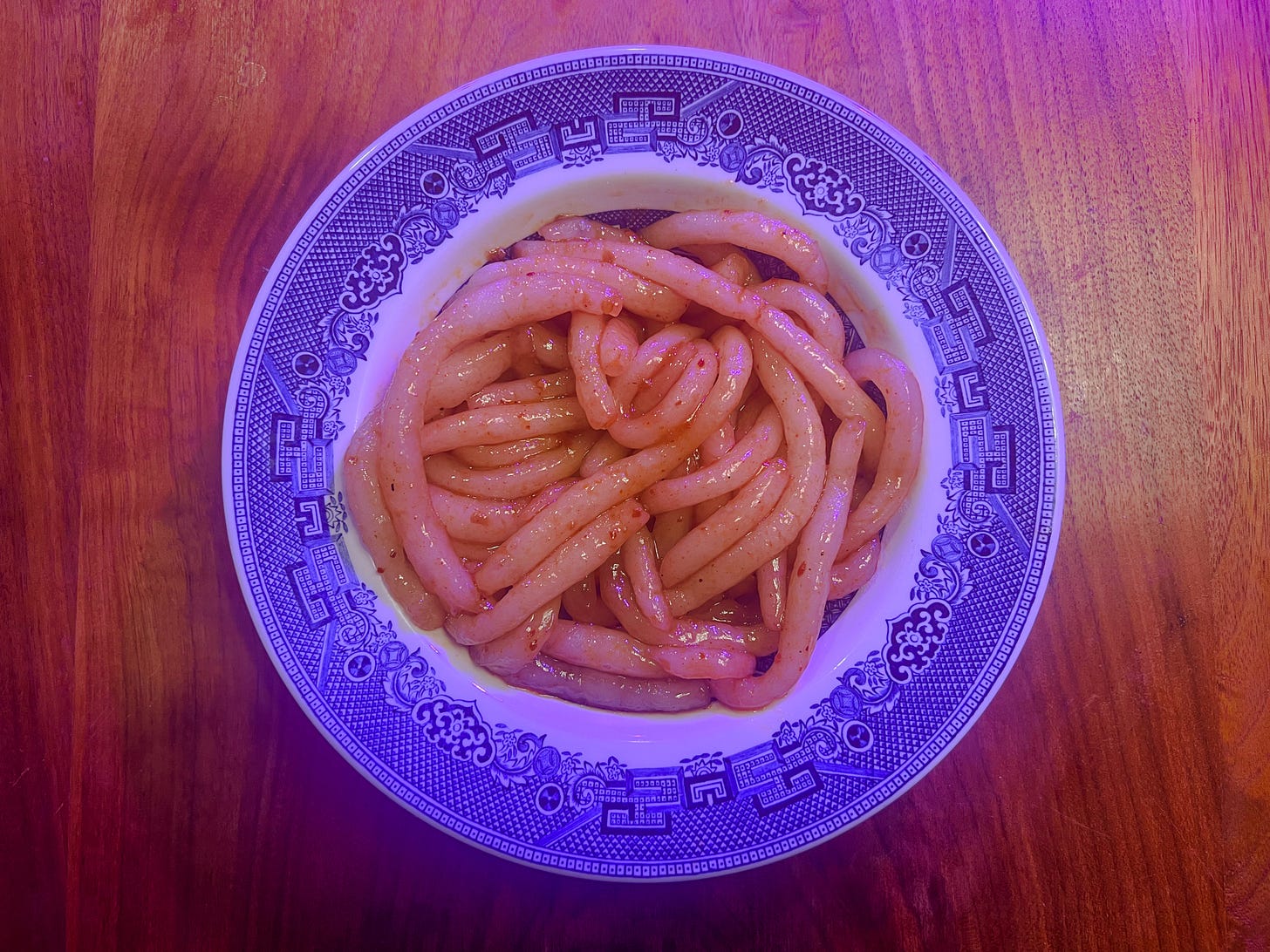Growing up in Scarborough, Toronto in the 90’s, Chinese food was my first introduction to international cuisine. My earliest dining out memory was going to this mom-and-pop restaurant inside Agincourt Mall across from where we lived and ordering Chinese food. Picking from their extensive menu always seemed like a luxurious treat when we could rarely afford to dine out.
Later in high school when we moved to East York, I'd take my lunch money down the street to another mom-and-pop takeout counter, Cathay Food, and order their sticky rice with fried chicken wings lunch special, douse it in hot chili sauce and devour it. To this day, I can still taste that meal. Then university away from home in Waterloo, Kitchener — my foray into the more adventurous Chinese staples such as tofu, eggplant in garlic sauce, dumplings, and udon.
Today, Chinese food is still my go-to (after Sri Lankan food) when I’m craving something comforting. Wonton soup, lo mai gai, dumplings, eggplant in garlic sauce, braised bean curd with mushrooms, and smashed cucumbers are in regular rotation. Perhaps because the most comforting foods are always nostalgic. This year, I bought Hannah Che’s cookbook, The Vegan Chinese Kitchen, to learn more about the plant-based traditions of Chinese cuisine and try cooking some of these healthy recipes at home using seasonal, sustainable ingredients.
With this newsletter coming out on Lunar New Year, I thought I’d start by trying a festive Chinese dish. Many of the Lunar New Year traditions I’ve come to know surprisingly have parallels to Puthandu or Tamil New Year. Wearing new traditional clothes to signal a fresh new start, seeking blessings from elders and receiving gift pocket money in exchange, and making traditional recipes to share with family and friends are all customs I understand. But I was curious to learn about the specific traditional Chinese dishes shared this time of year that the Chinese believe bring good luck and good fortune. Here’s what I learned:
Noodles - symbolize longevity when uncut.
Dumplings - symbolize wealth. The more dumplings you eat, the more money you’ll earn in the year ahead.
A whole fish - symbolizes good fortune and is often the last dish to be eaten.
Sweet rice balls - symbolize reunion and being together.
Vegetables - bamboo shoots, mushrooms, muskmelon and grapefruit, and seaweed all symbolize longevity, blessings and fortune, family, and wealth respectively.
I settled on noodles for two compelling reasons: 1) I had just seen Hermann’s Hot and Sour Noodle Soup recipe where he used potato noodles and was curious to try it out for a gluten-free option, and 2) I’m all for eating more carbs to extend my lifespan.
Gluten-free noodles are surprisingly very easy to make, and delicious! They require three ingredients, and some gentle hand work kneading and rolling.


The end result was exactly what I was hoping for: thick, glutinous (gluten-free) noodles resembling and tasting almost identical to udon noodles, except chewier. I enjoyed them with chili oil from my Chinese neighbour (a family recipe made and shipped from Edmonton). They were easy to make, easy to digest, and easily a new favourite in my “longevity diet” going forward.
Kung hei fat choi!
Gluten-free Potato Noodles
Makes 1 serving
1 cup of potato starch
3/4 cup boiling water
1/2 teaspoon olive oil or vegetable oil
Mix the potato starch and olive oil together in a mixing bowl.
Slowly add in the boiling water until the mixture forms into a dough. I added 1/4 cup at a time.
Knead until you form a very smooth dough (no lines). Use oil and potato starch as needed to keep the dough from sticking to your hands and surface while kneading.
Roll the dough into a rectangle, then cut into strips.
Roll each strip into a slightly thick noodle, keeping in mind that these noodles will thicken in size once they’re cooked. Gather all of the rolled noodles on a baking tray dusted with potato starch or olive oil so that they don’t stick together.
Bring a pot of water to a boil and cook the noodles until they begin to float. Serve immediately.






